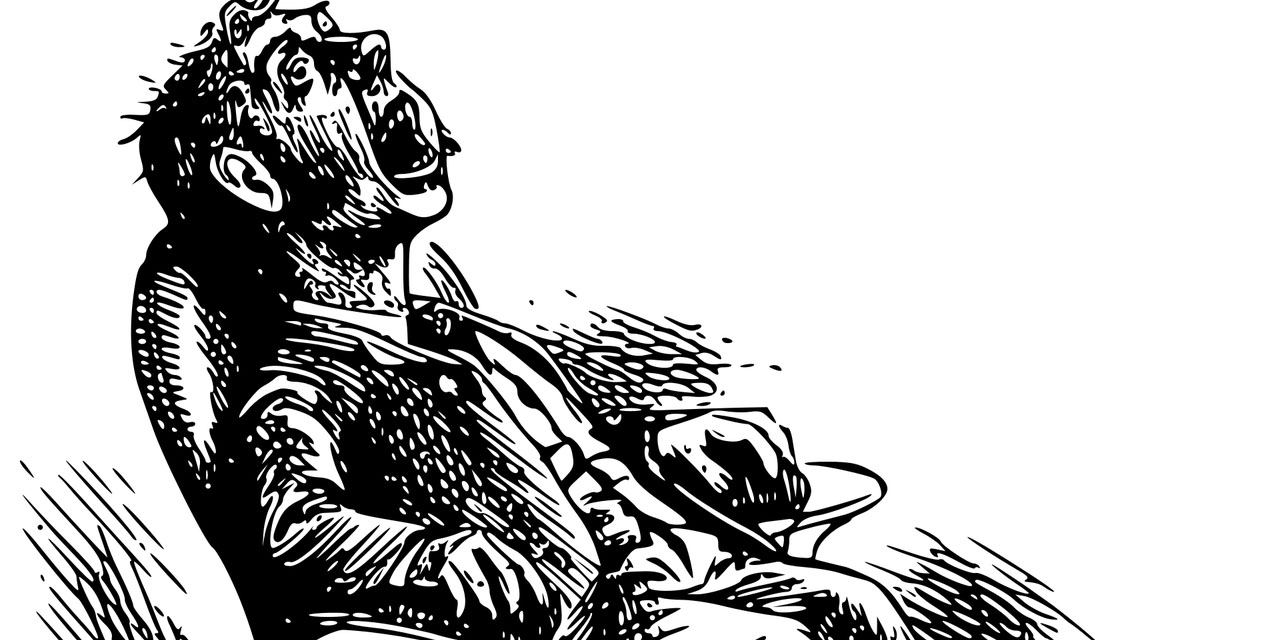EUROPE 1 ACCOMPANES YOU
Used for over a century to treat certain psychological problems, medical hypnosis has been gaining more and more since the 1980s, somatic and surgical care, especially when it comes to treating pain. Dentistry is one of the areas in which its use is becoming more and more frequent, not only to accompany the phobics of sting or strawberry, but also certain cases of surgery. Guest of Melanie Gomez, in Sans Rendez Vous , Europe's health show 1, Vianney Descroix, dentist at Pitié-Salpêtrière in Paris, decrypts the details of this method.
"More and more dentists are interested in patients' anxiety and pain, so they are more and more likely to be trained," says Vianney Descroix. No figures are yet available on the number of dentists trained in hypnosis on the 40,000 practitioners in France. "Hypnosis will allow the patient access to care without being hindered by his fears or pain," says our dentist. In no case, however, is it a question of supplanting a chemical anesthesia. "All interventions are done under local anesthesia, but hypnosis helps prevent general anesthesia in many situations."
If the use of hypnosis seems to be primarily aimed at an anxious patient or very sensitive to pain, it is intended to address all patients, insofar as it seeks more broadly to redefine the care experience. "Finally, once you master the hypnotic tool, you want to share it with everyone.Hypnosis allows you to live the care in a comfortable, safe way.This could be suitable for anyone , there is not necessarily need to be very sensitive to pain or phobic, "says our specialist.
>> Find the full version of No Appointment in Replay and Podcast here
How it works ?
The consultation under hypnosis is primarily "a question of relationship", insists Dr. Vianney Descroix. The way the patient is greeted in the office determines in part the content of the appointment. "It's a lot of non-verbal and par-verbal, the tone of the voice, the way we behave, we talk about, we walk, we dress maybe a message sent to the patient to reassure him. "
For the rest, the technique is the same as that used by a hypnotist on stage. "The big difference between medical hypnosis and 'show hypnosis' is the intention, in 'show hypnosis' we want to make people laugh, have fun, relax, and in medical hypnosis we're in care, the attention of the other, "says Vianney Descroix. In both cases, however, it is a matter of diverting the subject's attention away from the present situation. "The hypnotized, dissociated body, whose attention has been focused on something other than pain - with a suggestion of anesthesia, for example - no longer feels the same way." The brain starts to modulate the painful nerve impulses ", explains our dental surgeon.
A technique that works also in children, who are often sensitive to the fear of the dentist. "Hypnosis is linked to the suggestiveness, the ability of people to hang on to their imagination, and it is known, through extremely serious studies, that the peak of suggestibility in a human being is between 8 and 10 years old, "points Vianney Descroix. "Children are super subjects to hypnosis," he concludes.

